Optimal Timing for Concrete Pouring
Concrete pouring is a critical phase in construction that requires careful consideration of environmental conditions. The optimal timing ensures proper curing, durability, and strength of the concrete structure. Factors influencing the timing include weather, temperature, and humidity levels, which directly affect the setting process and final quality.
Concrete should be poured during periods of mild weather with temperatures between 50°F and 85°F. Avoiding extreme heat or cold helps prevent cracking and improper curing.
Consistent temperatures facilitate proper hydration. Cold weather can delay setting, while high temperatures may cause rapid drying, leading to weak spots.
Spring and fall are generally preferred for concrete pouring due to moderate temperatures and lower chances of adverse weather.
Pouring should be avoided during rain or high humidity to prevent surface defects and compromised curing.

Ways to make Concrete Pourings work in tight or awkward layouts.
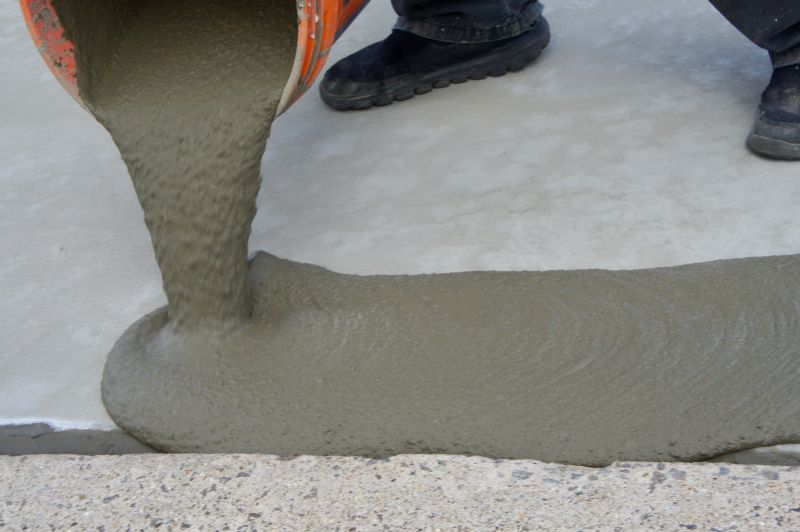
Popular materials for Concrete Pourings and why they hold up over time.
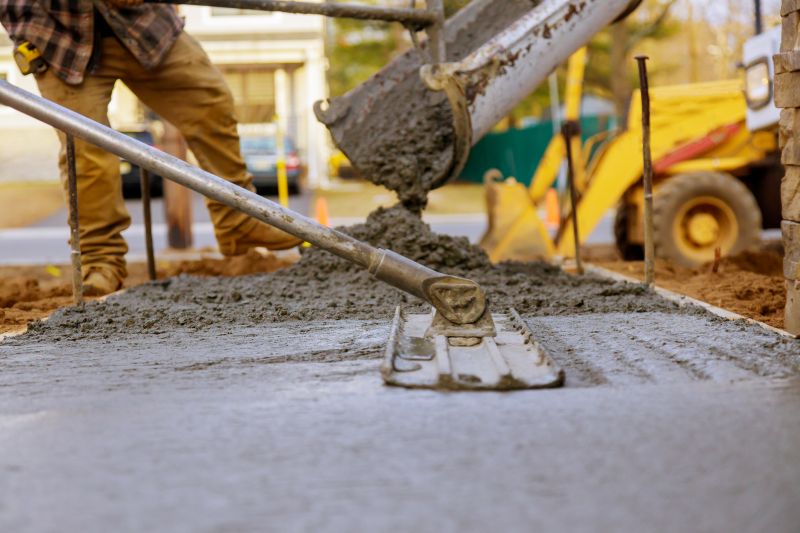
Simple add-ons that improve Concrete Pourings without blowing the budget.
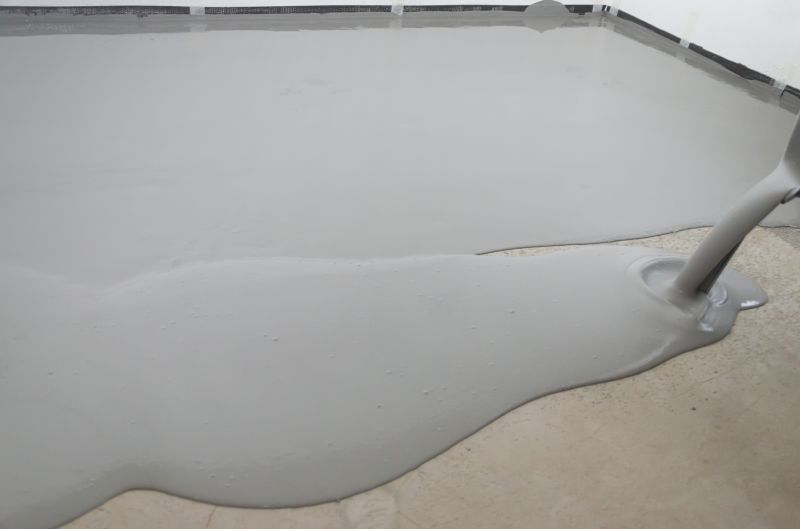
High-end options that actually feel worth it for Concrete Pourings.
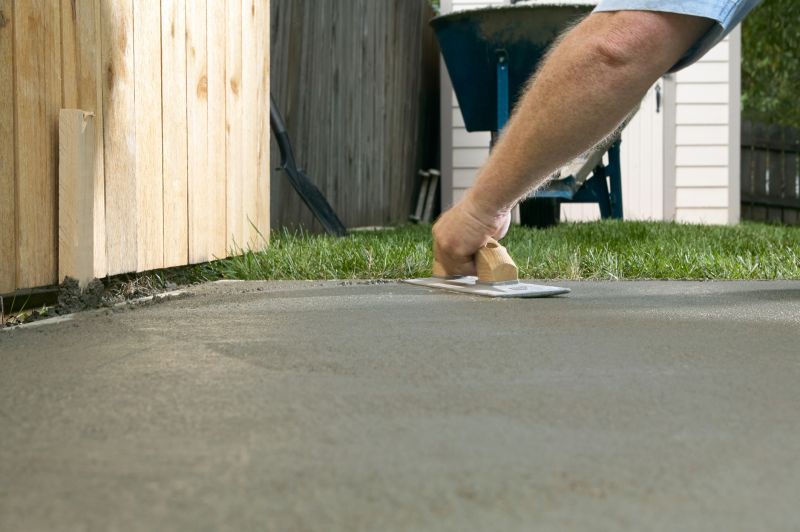
Finishes and colors that play nicely with Concrete Pourings.
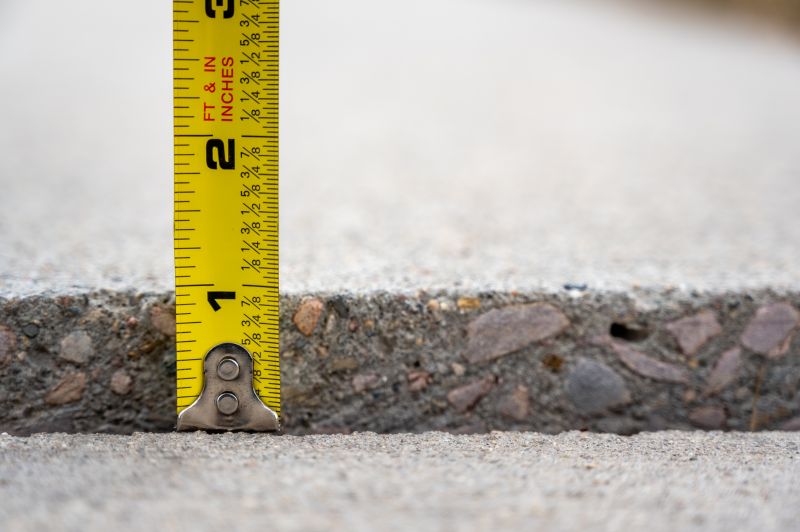
Little measurements that prevent headaches on Concrete Pourings day.
| Optimal Conditions | Details |
|---|---|
| Temperature Range | 50°F to 85°F |
| Ideal Seasons | Spring and fall |
| Weather Avoidance | Rain, extreme heat, and cold |
| Humidity Levels | Moderate humidity preferred |
| Forecast Accuracy | Check weather forecasts prior to scheduling |
| Time of Day | Early morning or late afternoon for moderate temperatures |
| Preparation Time | Allow sufficient time for site readiness |
| Environmental Stability | Ensure stable weather conditions for at least 24 hours |
Concrete pouring is most effective when environmental conditions promote proper curing and strength development. Proper timing minimizes the risk of surface defects, cracking, and compromised structural integrity. Monitoring weather patterns and understanding seasonal variations are essential for scheduling concrete work effectively.
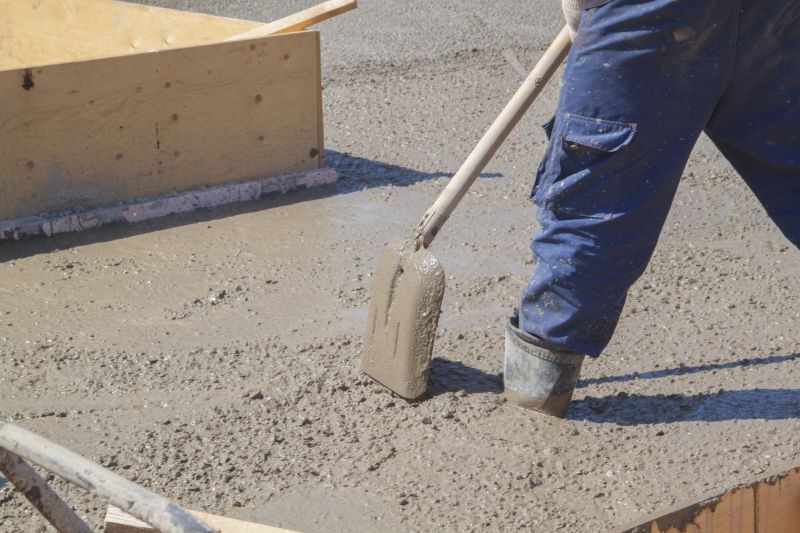
A 60-second routine that keeps Concrete Pourings looking new.
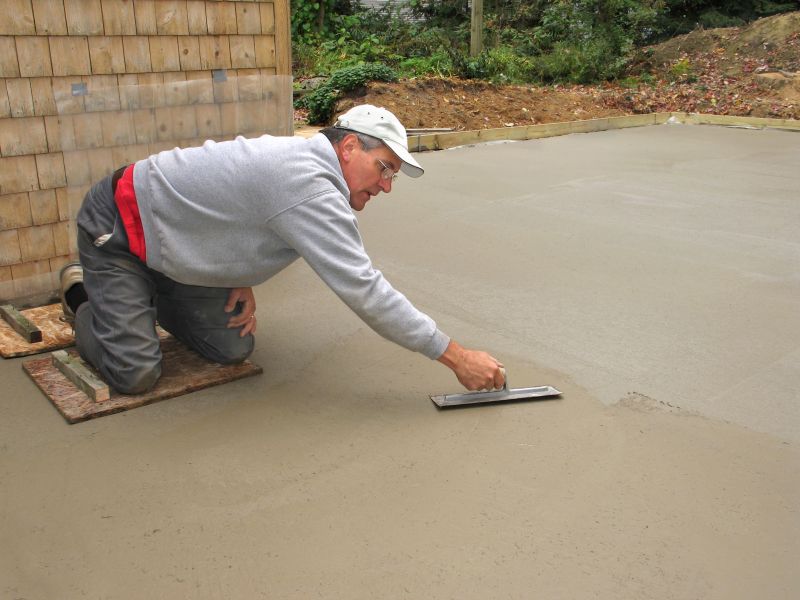
A frequent mistake in Concrete Pourings and how to dodge it.
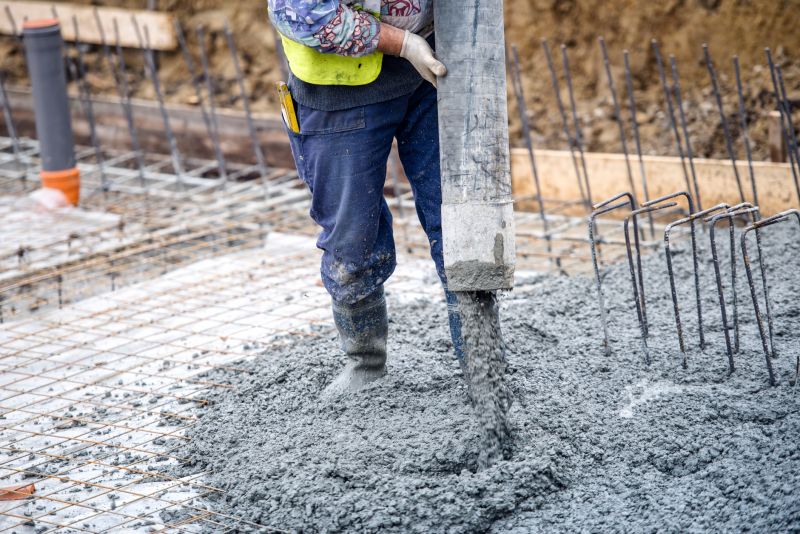
Small tweaks to make Concrete Pourings safer and easier to use.
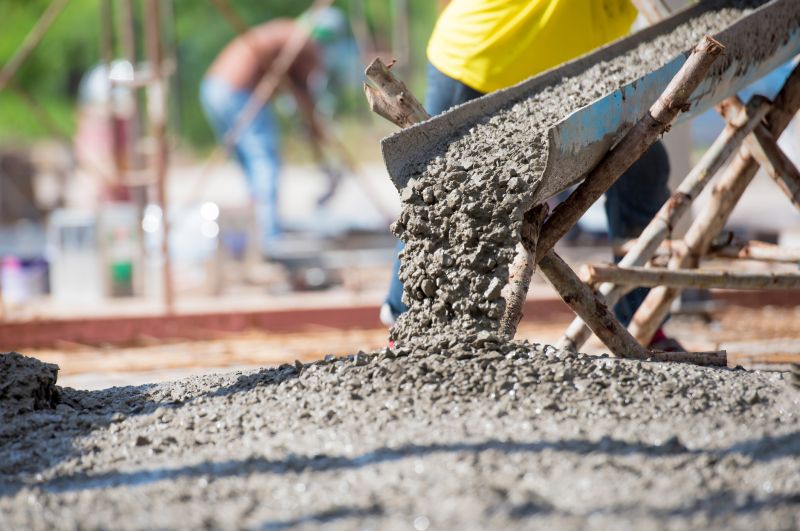
Lower-waste or water-saving choices for Concrete Pourings.
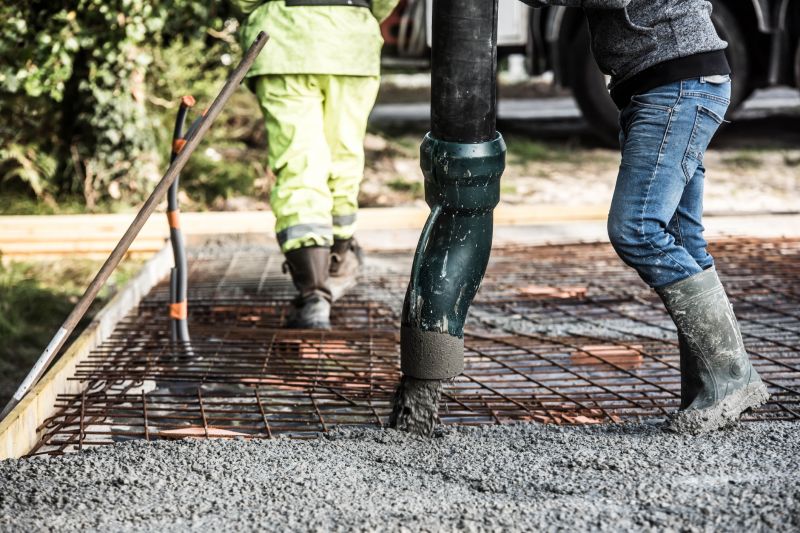
The short, realistic tool list for quality Concrete Pourings.
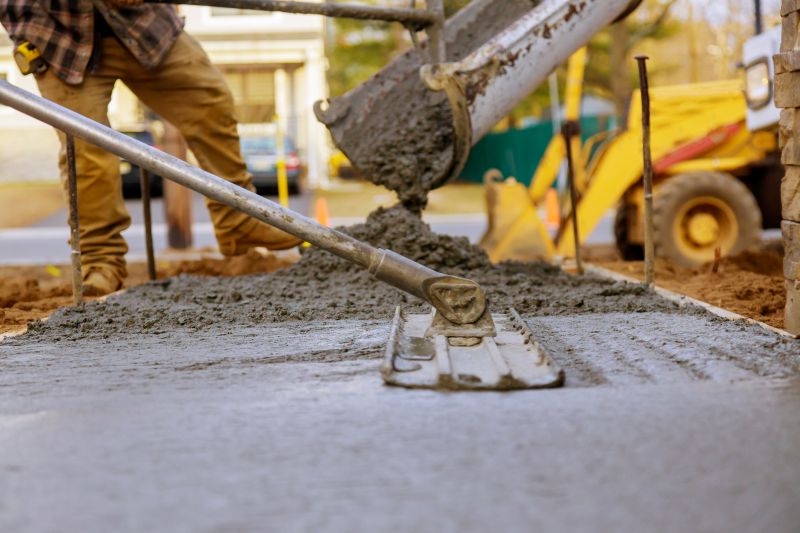
Rough timing from prep to clean-up for Concrete Pourings.
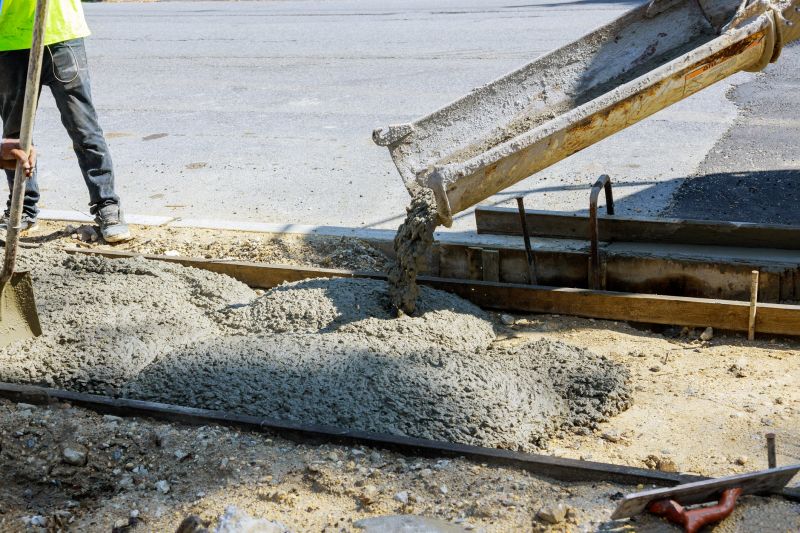
Quick checks and paperwork to keep after Concrete Pourings.

Examples that show the impact a good Concrete Pourings can make.
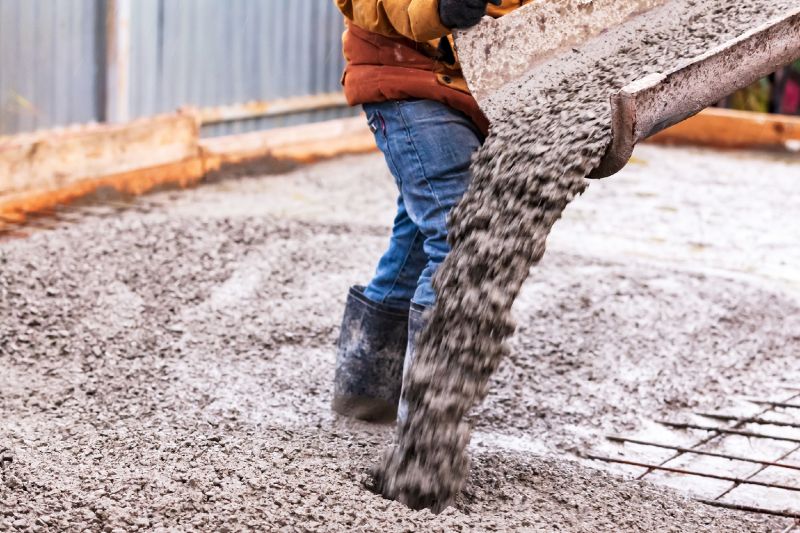
Ways to make Concrete Pourings work in tight or awkward layouts.

Ways to make Concrete Pourings work in tight or awkward layouts.
Choosing the appropriate time for concrete pouring is vital for achieving durable and high-quality results. Proper planning based on environmental factors ensures the longevity and stability of the concrete structure. For further assistance or to discuss scheduling, contact the relevant professionals to determine the best timing for specific project needs.



